Many people know that President Kennedy’s elder brother died tragically during World War II, in a colossal airborne explosion over East Anglia in the UK on 12 Aug 1944.
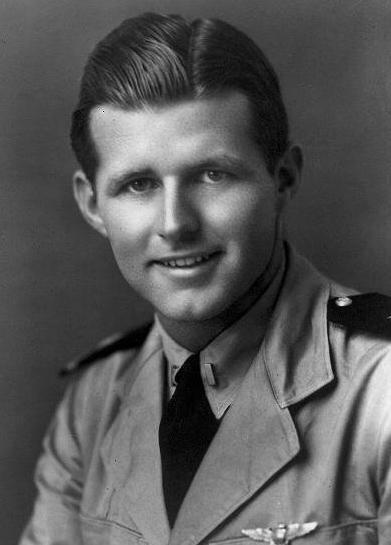
(Photo: JFK Presidential
Library & Museum)
Not many, including myself, knew that the event was witnessed by Col. Elliott Roosevelt, son of FDR who was President at the time.
Ironically, Joseph P. Kennedy Jnr, the eldest of the Kennedy children born to Joe Kennedy Snr, was being groomed by his father to become a future President. If the war hadn’t intervened and he and his younger brother John hadn’t joined the US Navy, it might have been him in the White House not long after FDR!
Instead, PT boat skipper, John Kennedy, survived WW2 in the Pacific (just!) and later went on to become the United States’ youngest President.
How did all this come about?
Aphrodite & Anvil – the secret drone operations
Shortly after the D-Day landings in June 1944, London and the southeast of England came under continuous assault from Hitler’s V1 flying bombs. It was a major shock for Londoners and the government who, having weathered the Blitz in 1940, hadn’t expected to come under attack from the air again.
During the 80-day V-1 campaign 7,488 V-1s were launched at London from “ski ramp” sites in northern France and the low countries. Over half were intercepted by the RAF and anti-aircraft batteries, but the remainder killed 6,184 and wounded over 18,000 more.

(Photo: US Army/PD)
Operation Crossbow quickly re-directed the USAAF and RAF strategic and tactical air forces to attack the V-1 launch sites as a priority, but there was something else that truly terrified Churchill and the Allied Commanders… the V-2 supersonic guided missile.
As it turned out, Hitler was obsessed with the revenge bombing of citizens and never took his focus away from London, but the Allies didn’t know that. They feared that his new weapons might be targeted at the embarkation ports in southern England and the disembarkation points in Normandy where supplies and reinforcements were flowing into France. So the V-1 & V-2 sites became an even bigger priority – especially the four big reinforced concrete structures in Pas-de-Calais…
- La Coupole – V2 assembly & launch
- Siracourt – V1 storage & launch
- Blockhaus d’Éperlecques – V2 storage & launch (and LOX manufacture)
- Fortress of Mimoyecques – V3 long range super gun*
As part of the desperate effort to destroy these sites, two secret experimental remote-control aircraft projects were quickly put into operation at RAF Ferfield in Norfolk.
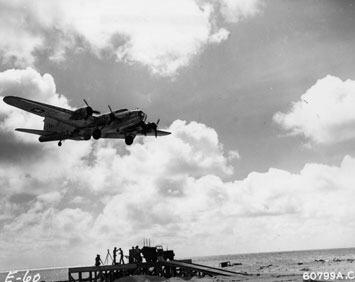
(Photo: US Navy/Public Domain)
US Army Air Force’s Operation Aphrodite used old B-17 bombers packed with Nitrostarch explosive. Two aircrew, a pilot & engineer, would get the aircraft into the air, and once it was satisfactorily ‘connected’ to its control aircraft, they would parachute out and leave the radio-controlled flying bomb to be flown to its target.
The US Navy had a similar project underway. Project Anvil was designed to remotely-control carrier aircraft and used a more sophisticated radio-control & TV system. For this job they used the 4-engined PB4Y-1**, the Navy’s long-distance patrol version of the B-24 Liberator.
In the summer of 1944, the Aphrodite/Anvil operations must have seemed a promising high-tech solution to the V1 & V2 (& V3) problem, but they turned out to be over ambitious, ineffective, and costly in lives… which is where Joe Kennedy Jnr comes in.
Zootsuit Black
Lt Joe Kennedy Jnr was a Navy pilot with almost 40 anti-submarine patrol missions in PB4Y-1s under his belt, so he was highly qualified as a volunteer pilot for the Operation Anvil team.
After several failed missions from their USAAF colleagues in B-17s, it was time for the Navy to have a go. In the early evening of 12 Aug 1944, Kennedy and his engineer, Lt. Wilford J. Willy, climbed into their aircraft, Zootsuit Black, which was packed with 24,240 lbs of Torpex, a lighter and more powerful explosive than Nitrostarch, and took off.
As they settled the plane at 2,000ft on a course for Dover, from where they would head to their target, the V3 site at Mimoyecques, they weren’t exactly on their own. Their attending formation, flying above and behind them, comprised: two Lockheed Ventura control aircraft (one spare), two P38 camera aircraft to photograph the target before & after, 6 x P51 Mustangs from the 20th Fighter Group as low level escort, one B17 filming and acting a signal relay over the channel, and two American Mosquitoes on detachment from the 25th Bomb Group Photographic Wing to provide weather information and observe the mission. Flying one of them was the head of the USAAF Eighth Air Force photo reconnaissance group, Col. Elliott Roosevelt¹.
Suddenly there was a huge explosion and the fiery remains of Zootsuit Black fell to earth outside the village of Blythbrugh.

Mick Muttitt, then aged nine, was an eyewitness on the ground. As an adult he recalled, “I watched in horror as the lead aircraft exploded in a huge fireball. I vividly remember seeing burning wreckage falling earthwards, while engines with propellers still turning and leaving comet-like trails of smoke, continued along the direction of flight, before plummeting down. The fireball changed to an enormous black pall of smoke resembling a huge octopus, the tentacles below indicating the earthward paths of burning fragments.”²
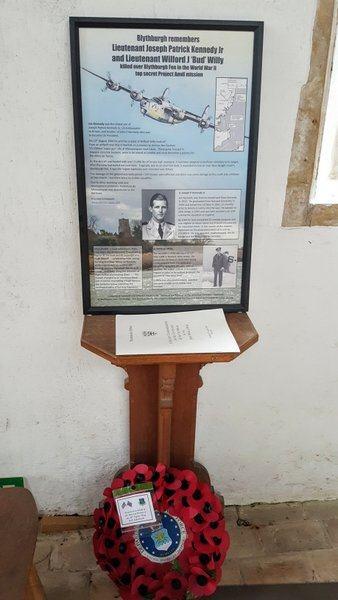
in Blythbrugh church
The explosion in which Kennedy and Willy were vaporised (no trace was ever found of them), damaged 147 properties – some up to 16 miles away. It set fire to 3 square miles of heath, felled hundreds of trees, and blew out the windows on the south side of Blythbrugh church. Amazingly though, even with wreckage falling over an area 3 miles long and about 2 miles wide, no civilians were killed.
Rather tragically, it turns out that father of three, Wilford Willy, who likely inadvertently triggered the explosion when he armed the Torpex and then switched on the TV camera in the nose (they think an unshielded cable may have tripped a solenoid in the detonator circuit), had replaced the scheduled engineer at the last minute. It seems that as an engineer with the Anvil development team for several years, he’d not had any combat mission experience and decided as this was such an important mission, he should be the one to oversee it.
Quite a lot of the background to this story is featured in Donald L. Miller’s book ‘Masters of the Air’³ which is due to be filmed as a mini series for Apple TV by Steven Spielberg & Tom Hanks’ production companies as the third of their WW2 series after Band of Brothers and The Pacific… so we might see this story played out on screen.
* It was Joseph Goebbels, the Nazi minister for Propaganda and Enlightenment, who dubbed the flying bomb “Vengeance Weapon 1” (V1), then the rocket became V2. It had been thought that an improved long-range inter-continental version of the V2 might become the ‘V3’, but the German supergun project got there first.
** Not to be confused with the Navy’s PB4Y-2, also known as the Privateer, which essentially was a B-24 with a single tail fin. The PB4Y-1 had a conventional Liberator twin-tail.
¹ The Secret Mission of Joseph P. Kennedy Jnr, B-29s-over-Korea.com
² Muttitt’s account is recorded on the memorial display inside Holy Trinity Church, Blythbrugh.
³ P229-304 ‘Masters of the Air’, Donald L. Miller ISBN 978-0-7432-3545-7

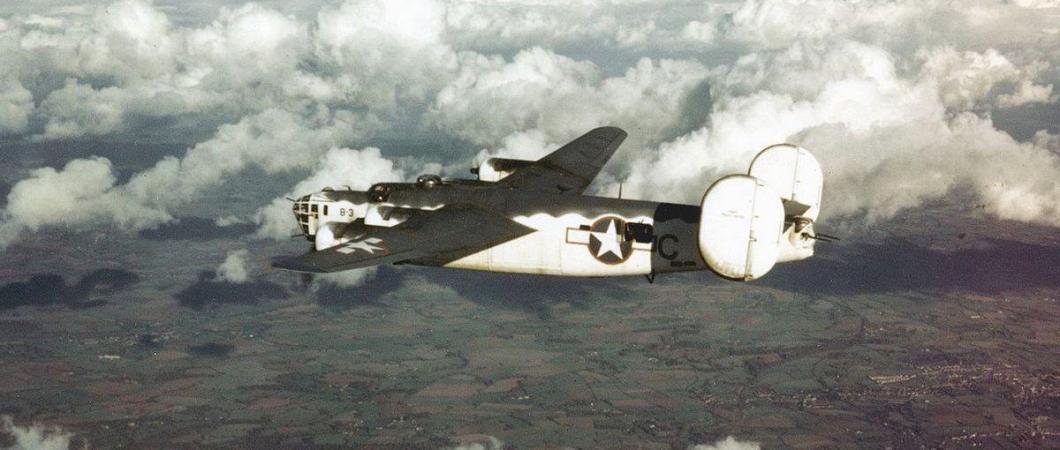



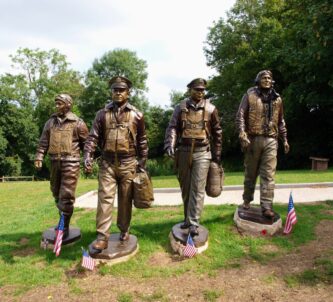
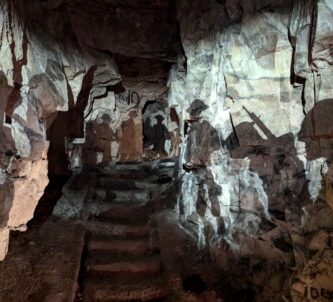

There is more information about this in the Norfolk & Suffolk Aviation Museum based at Flixton near Bungay. All the damaged buildings were listed and I marked all these onto a local map and connected them all together … the blast damage area is phenomenal ! It was very fortunate nobody on the ground was injured and goes without saying death to those on board would have been instantaneous.
New Delight Walks is an area of heathland and part of a National Nature Reserve owned/managed by Natural England. Farmland and Reedbed is also present and many people visit this area for peaceful walks and to enjoy the scenery.
Thanks for the info, Neil 🙂 The N&S Aviation Museum is on my ‘to visit’ list, too. One day I’ll get there!
Nice read, I wasn’t aware of any of this to be honest!
Thanks! Yes, it’s interesting isn’t it?